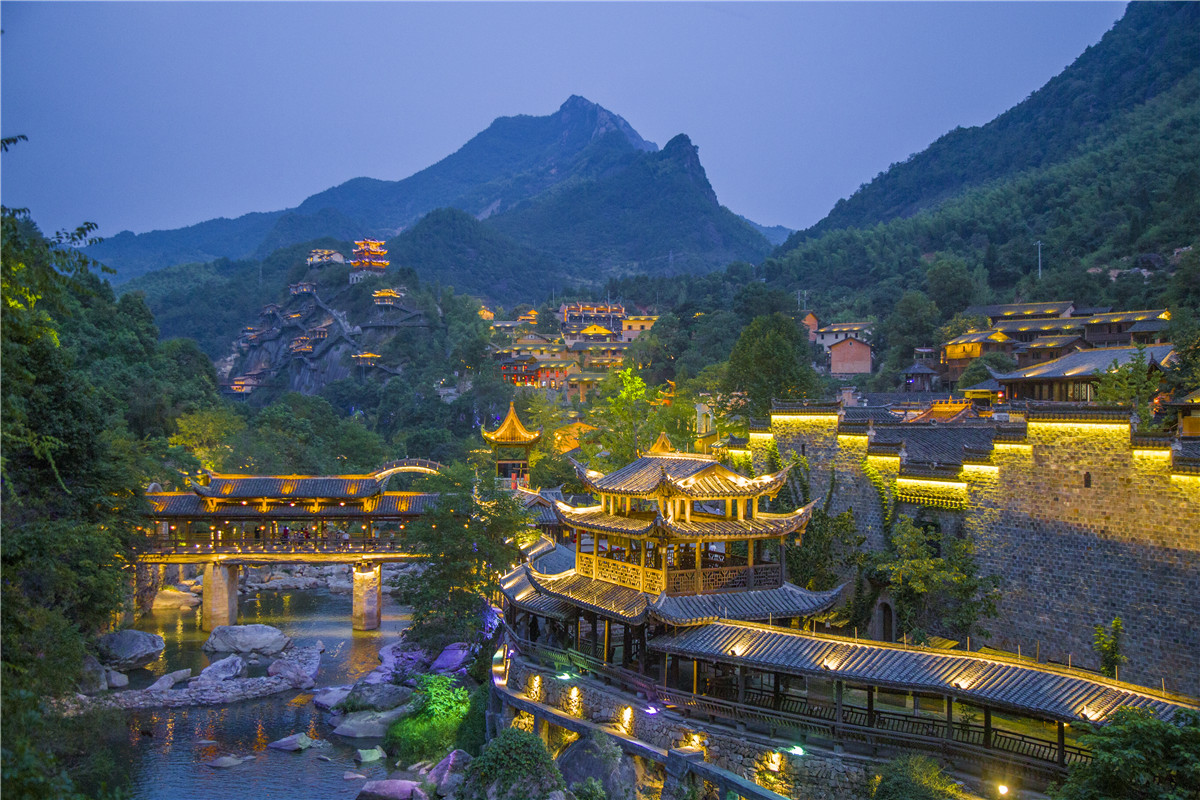
- On 05/02/2024
- In Blogs Travel Tips
- Tags:
Jiangxi's Wangxian Valley
Situated in Jiangxi Province, China, the Wangxian Valley is renowned for its sea of clouds and the little cottages built along the steep cliffs. A Unique Natural Resources and Historical Humanities
Storied by Trip.com | China Travel Guide | iMedia | Wikipedia
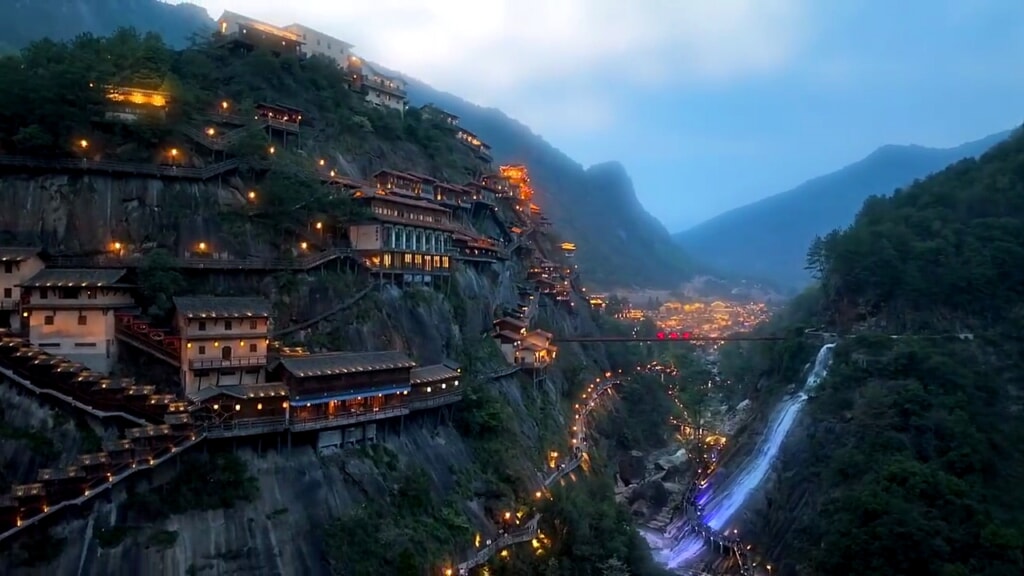
Wangxian Valley, a fairy-tale style tourist spot suitable for both the elderly and children! Wangxian Valley in Shangrao is one of them. Wangxian Valley is about an hour's drive from Shangrao High-speed Railway Station, and it is recommended to drive there. Please note that the homestays and restaurants outside the scenic area are a long distance from the scenic area, and it is inconvenient to walk.
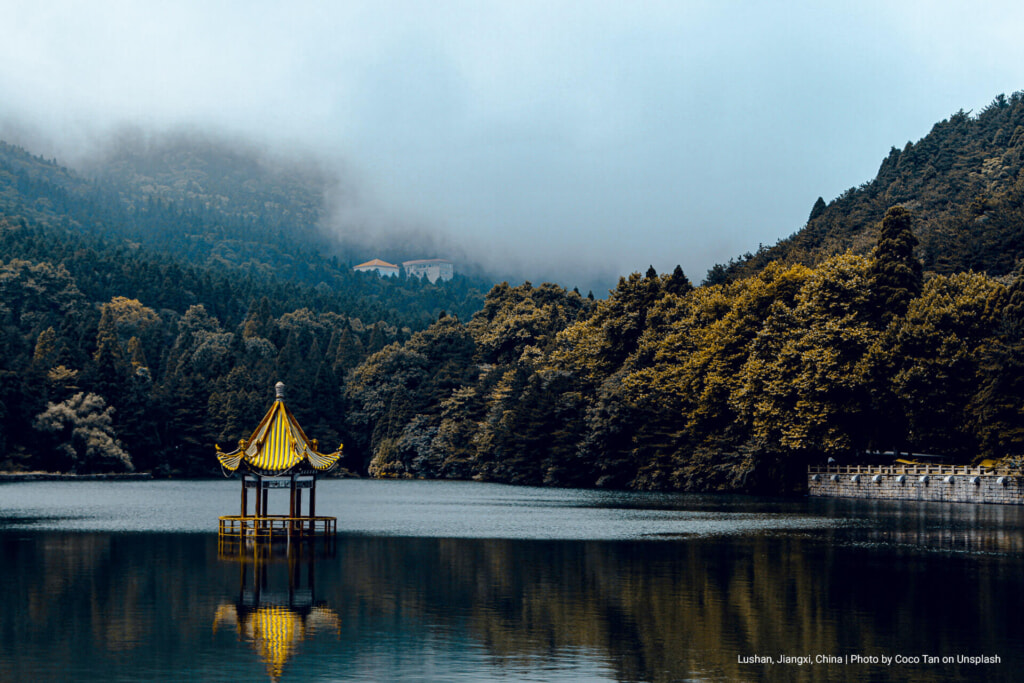
Jiangxi 江西 is a landlocked province in the east of the People's Republic of China. Its major cities include Nanchang and Jiujiang. Spanning from the banks of the Yangtze river in the north into hillier areas in the south and east, it shares a border with Anhui to the north, Zhejiang to the northeast, Fujian to the east, Guangdong to the south, Hunan to the west, and Hubei to the northwest. Jiangxi Province is a time-honoured province with plenty of celebrities, pretty mountains and rivers, and numerous places of interest.
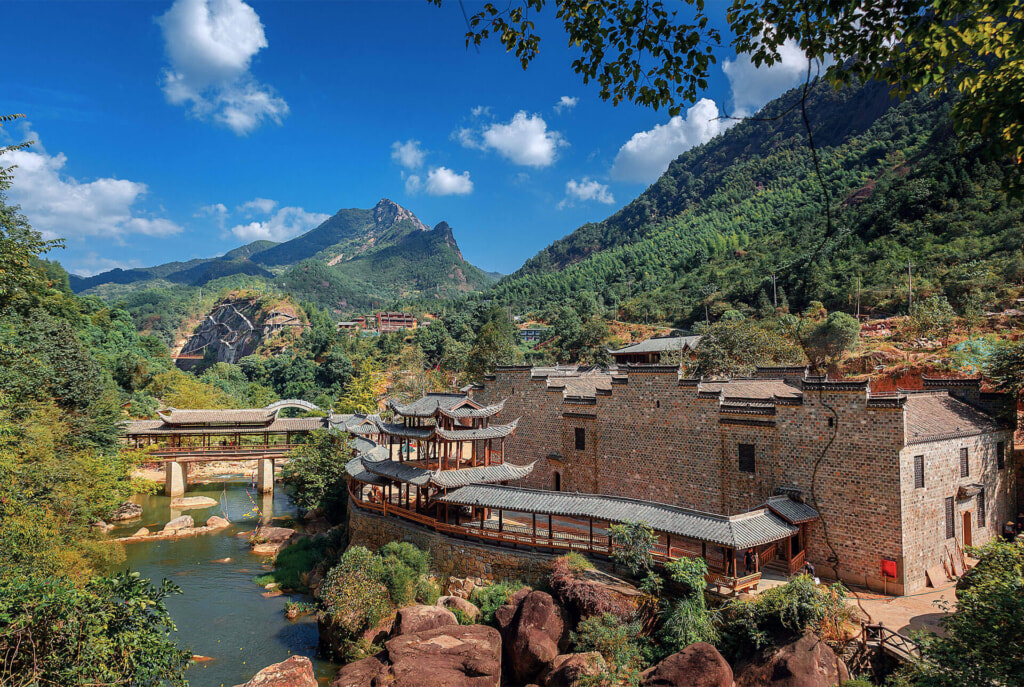
The name Jiangxi is derived from the circuit administrated under the Tang dynasty in 733, Jiangnanxidao, Circuit of Western Jiangnan. The abbreviation for Jiangxi is 赣, for the Gan River which runs across from the south to the north and flows into the Yangtze River. Jiangxi is also alternately called Ganpo Dadi which literally means the Great Land of Gan and Po. Jiangxi Province has the largest fresh water lake in China, Poyang Lake.
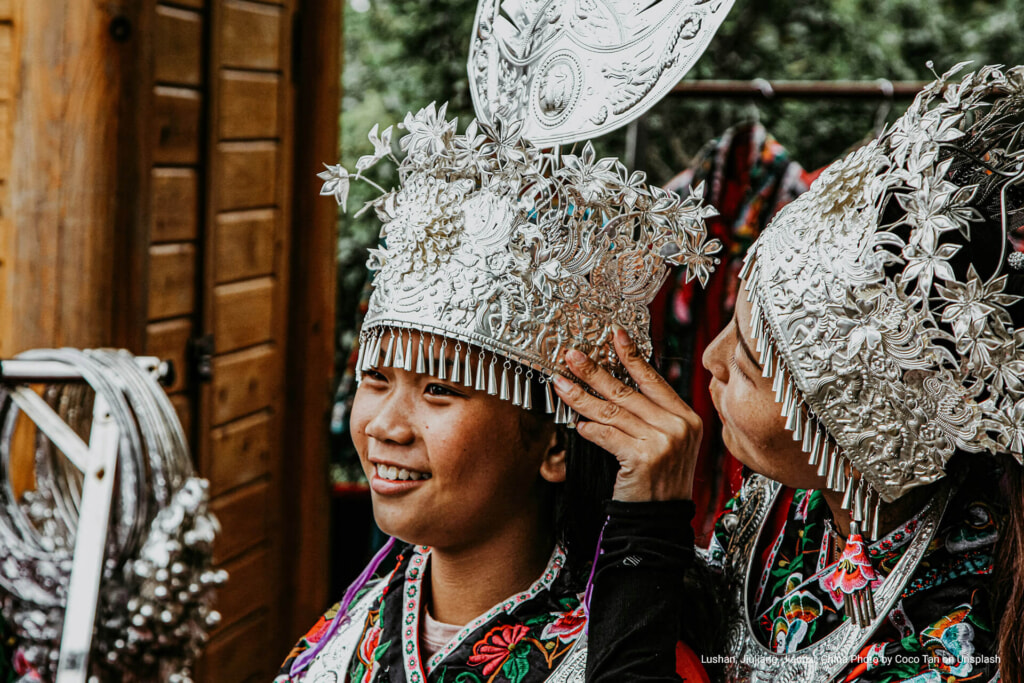
Jiangxi Province has the largest fresh water lake in China, Poyang Lake. Jingdezhen, a city located in Jiangxi Province, is the hometown of blue and white porcelain, enjoys the reputation of «Capital of China». Mount Lu is the most popular tourist destination in Jiangxi Province. Visiting Mount Lu, people not only can enjoy the beautiful nature scenery, but also can learn history and experience Taoism culture and Buddhism culture.
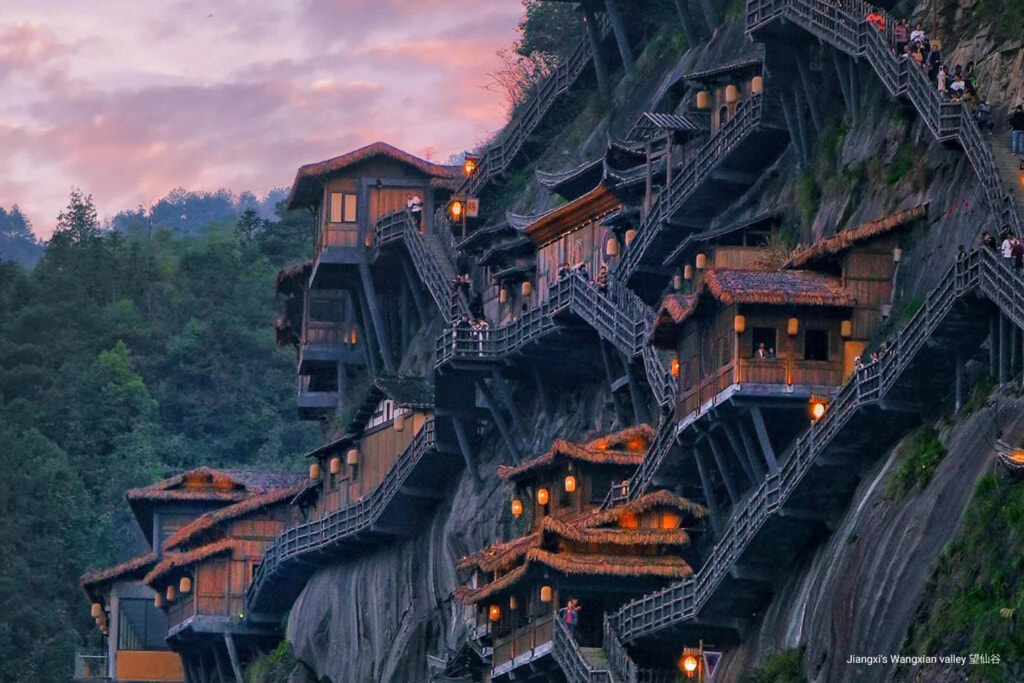
Mount Lu is known for its grandeur, steepness, and beauty and is a prominent tourist attraction, especially during the summer months when the weather is cooler in the mountains than elsewhere. The mountain and the surrounding region is also one of the «spiritual centers» of China, containing many Buddhist and Daoist temples in addition to landmarks of Confucianism. Due to its striking beauty and sacred importance, Lushan National Park has been a UNESCO World Heritage Site.
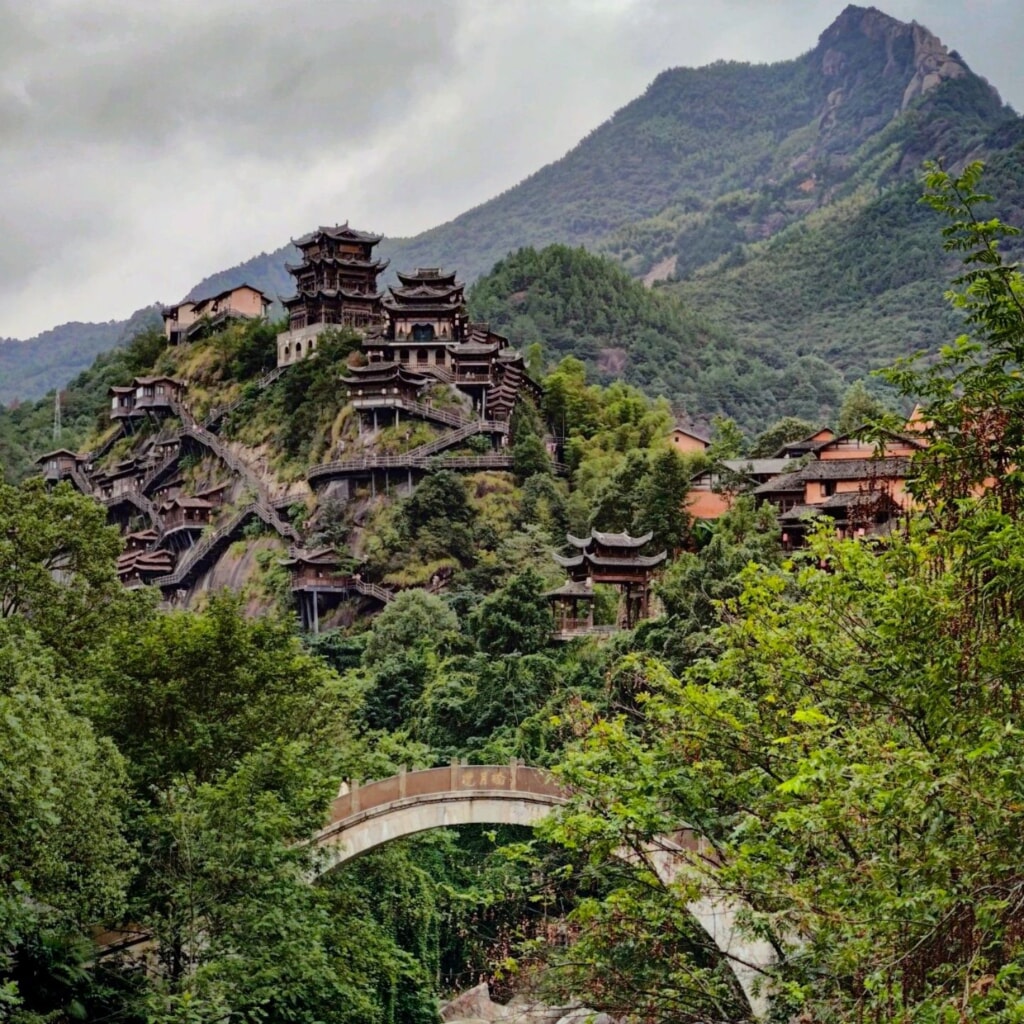
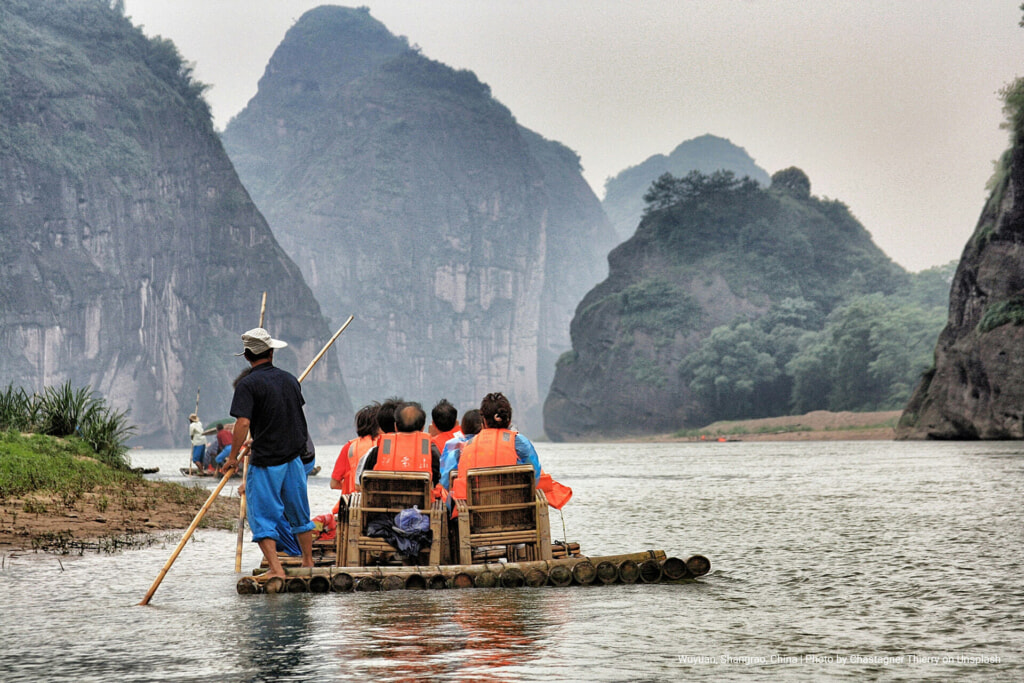
Jiangxi's Wangxian Valley: Unique Natural Resources and Historical Humanities
The unique geographical climate and special earth structure make Wangxian Valley have the majestic and magnificent landform landscape, the quiet and pleasant hydrological landscape, the lush and rare forest landscape, and the dreamlike meteorological landscape, enjoying the reputation of «The Hometown of Immortals»
Wangxian Valley is a national AAAA-level tourist attraction integrating Gan folk customs, landscape culture, local agriculture, delicious food, leisure and vacation, and parent-child research. The scenic spot takes mountains, water, valleys, villages, temples, forests and fields as the resource base, and is based on the local culture that has gradually drifted away. The natural landscape and historical culture complement each other.
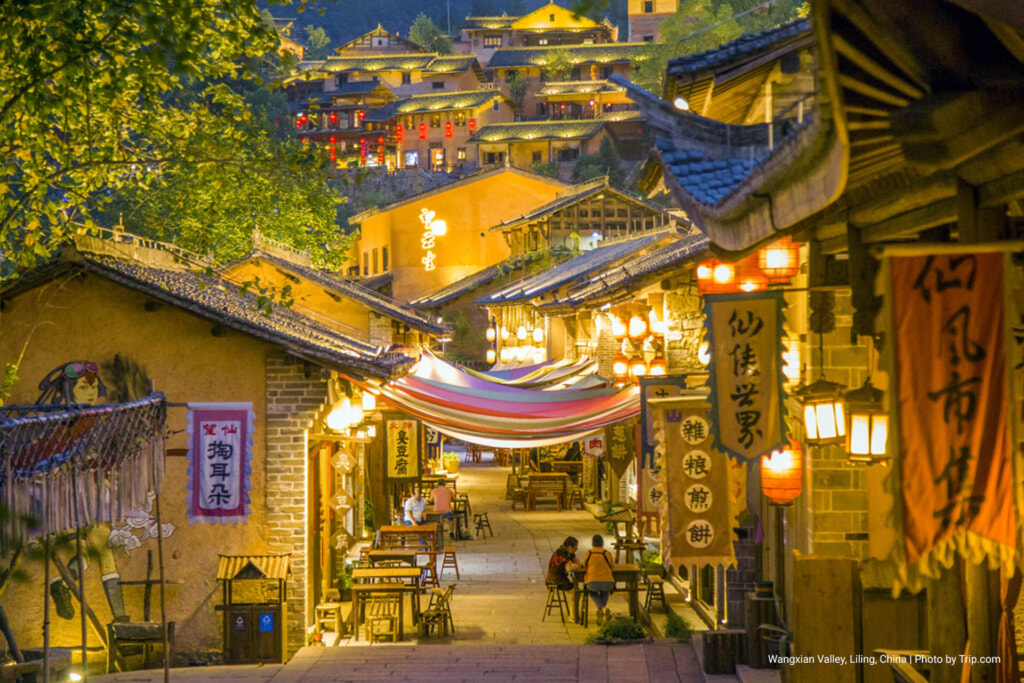
Wangxian originated from the Eastern Han Dynasty and began in the Three Kingdoms. It has jurisdiction over 93 square kilometers, with canyons, giant peaks, giant rocks, waterfalls, high mountains and clear streams, and picturesque landscapes; ancient villages, farming, blessing, Buddhism, folk customs, and history and culture are outstanding. Lingshan's natural landscape and human landscape are integrated.
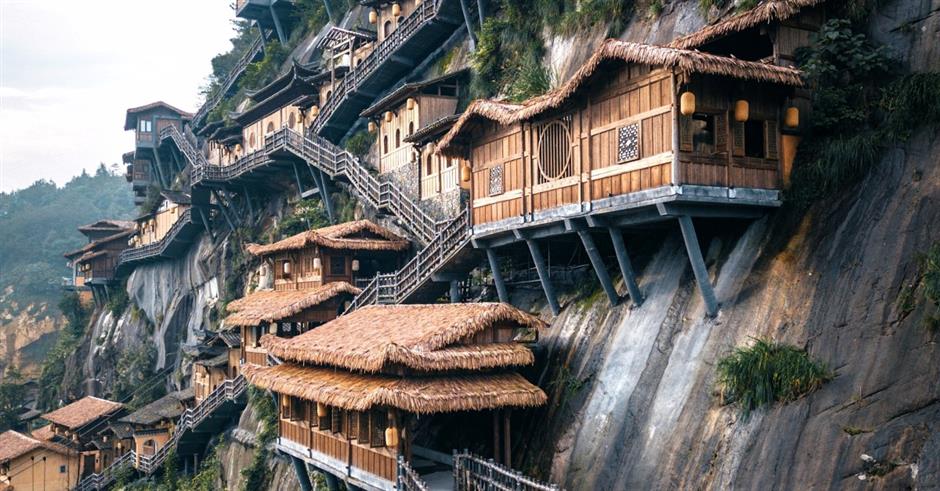
The antique buildings here are also full of interest. The houses are all built of yellow rammed earth, with bluestone bricks and tiles as the roof. There is also a bluestone road paved around the house, and Chunchun flowing water passes by, which is very similar to the place where immortals live in the world of immortals. Every night, the entire valley is dotted with fantastic lights, echoing the shining stars, which can be called the beauty of the world.
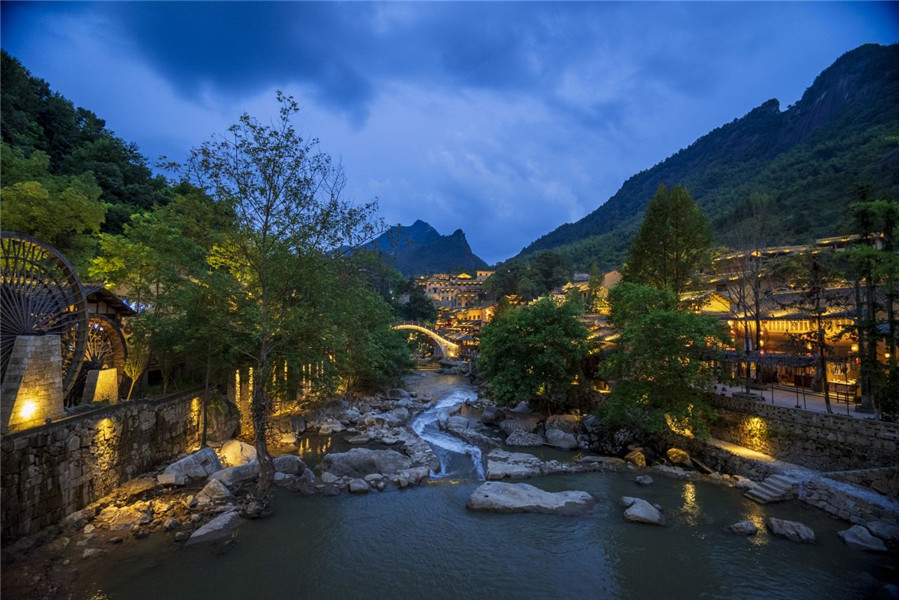
The characteristic leisure street in the Wangxian Valley Scenic Area – Yanpu Old Street, is known as the «Surfing the River During the Qingming Festival» left behind by the people. It was formed during the Hongwu period of the Ming Dynasty. With the majestic peaks and valleys as the background, combined with the characteristic residential buildings in Northeast Jiangxi and interspersed with local intangible cultural heritage performances, it created a hospitable and free-spirited Ganjia style cultural street. Yanpu Old Street actively explores the multi-industry integration development of «Agriculture – Culture – Tourism», and develops diversified trendy tourism products such as sightseeing eco-tourism and live-action scripts.
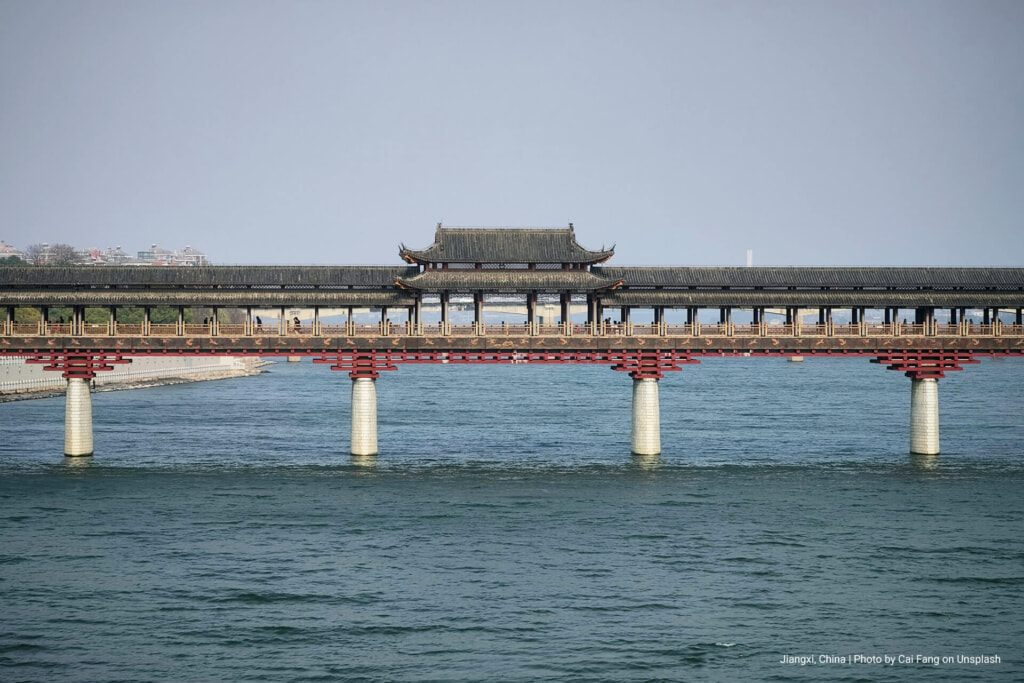
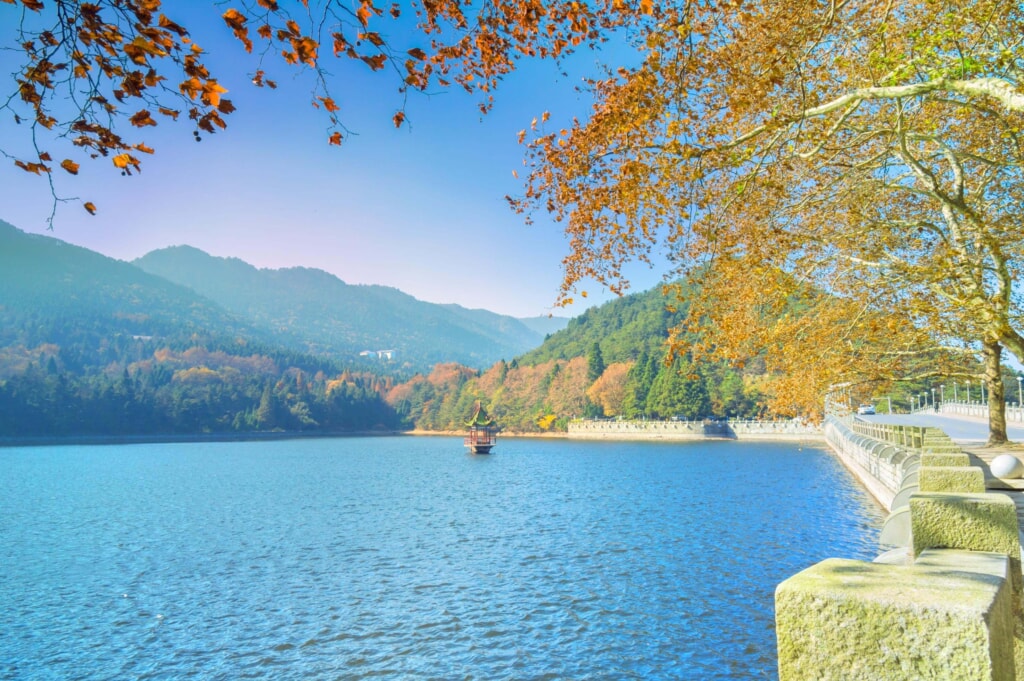
Enroute with Thien Xuan Travel to Wangxian Valley Scenic Area to experience the fairy-tale style and magical scenery on earth!
Thiên Xuân Travel – Live your travel dreams!
Park 2, 208 Nguyen Huu Canh Street, Ward 22,
Binh Thanh District, Ho Chi Minh City, Vietnam
📨 booking@thienxuantravel.com
☎️ +84 888 890 898 — 0938 558 228
Office in the United States
14114 Beech Glen Dr, Houston, TX 77083
☎️ +1 (281) 906-2744

